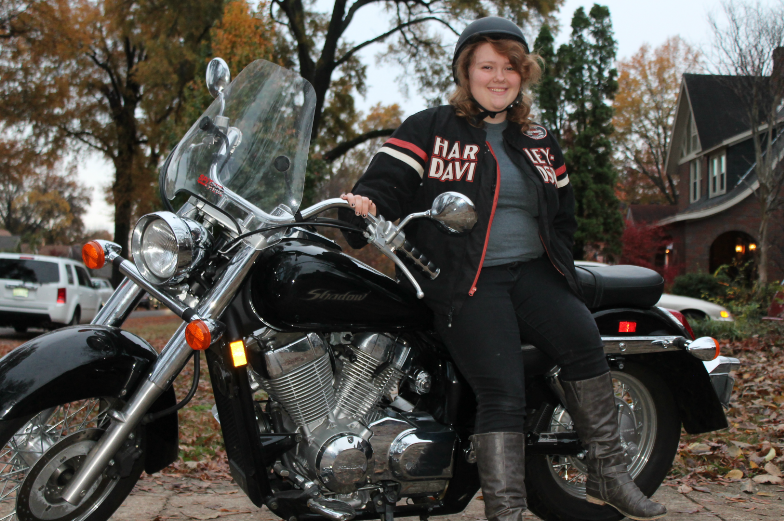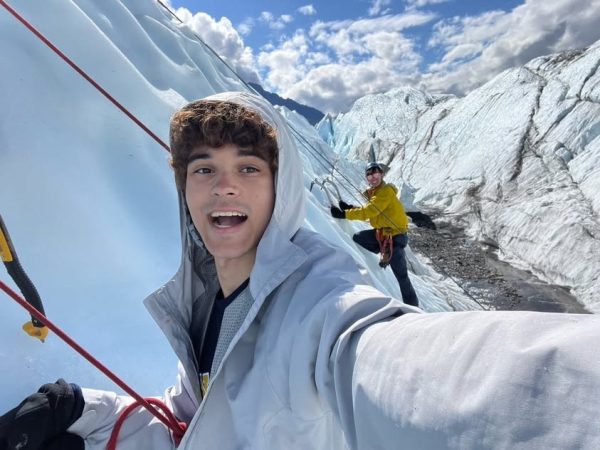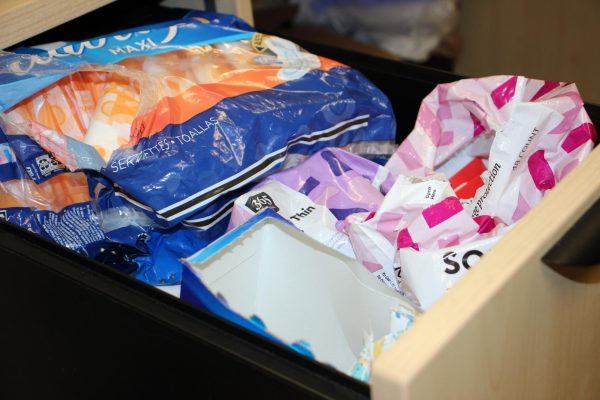All roads lead to Sparta
One of the most important skills high schoolers learn is how to drive. Although, it is exciting to gain this new independence, it can be confusing where to start
“It’s a very tedious process,” Brandon Nwokeji (10) said. “You have to have that goal in mind. Like, ‘Okay, if I do this, if I get through this…I can finally have everything on my own terms,’ because that’s what driving is. You have to have that motivation to do everything.”
Nwokeji has a hardship license which allows 14 and 15 year olds without transportation (parents who work full time in Nwokeji’s case) to drive on certain streets to locations like work, school and extracurricular activities.
“If you wanted to go to, like, the movie theater or, like, you wanted to get a bite to eat somewhere, you couldn’t do that. You only can go to locations that you need to go to, that you couldn’t go to…because no one can take you there,” Nwokeji said.
To receive the hardship license, Nwokeji had to prove his need, apply and take a driver’s education course. To fulfill this requirement, he chose Maxwell Driving School.
“I have confidence due to Maxwell,” he said. “It definitely did help me as far as the whole understanding the car, like the mechanics of everything. Basically, how to utilize your car.”
Caroline Williams (11) also attended a driver’s ed course at Maxwell.
“My mom called ahead to see how much it would help [with insurance rates] and, actually, they didn’t take off anything for drivers ed. But she made me take it, because if I would have gotten into a wreck, then she would have asked herself if [Williams had] gone to drivers ed, would it have prevented this? So it was kind of a reassurance thing for her,” Williams said.
The course is from 8 a.m. to 2 p.m., Monday through Thursday. The first half of the day consists of lectures that follow a packet provided the first day. The second half of the day includes activities like driving a golf cart with DUI goggles on.
“They look like giant bugeyed glasses, and it just really made your vision so that you couldn’t see anything at all and everything was like reversed and backwards,” Williams said.
The students learned what to do in emergencies, like when the car hydroplanes or the brakes go out. They are also informed about the dangers of texting and driving, which is the leading cause of death in teenagers.
“They showed you a lot of videos of texting and driving accidents, and so it terrified me to text and drive, which is good. And also [the course] really did prepare you for emergency situations and so I really do feel prepared for if anything happens,” Williams said.
Sydney Shelby (12) took a driver’s ed course at Bumpus Harley Davidson.
“Driving a motorcycle isn’t hard. What’s hard is looking out for other people,” Shelby said. “A lot of it is about knowing where to place yourself in the lane…it’s also better to ride in pairs or packs because you can be seen, and two motorcycles drive side by side because it looks like a pair of headlights or a pair of taillights.”
Motorcyclists must be on hyper alert for the mistakes made by cars, but they can rely on the flexibility their vehicles provide and on their own reflexes.
“It’s not as scary to me as driving a car. When you’re in a car, there’s so much around you and so much you can’t see…but on a motorcycle you can see everything around you. And plus, like, if your body reacts, the motorcycle reacts. If someone’s coming at me from the right and I lean left, my body goes that way. Whereas, if you lean left in a car, you’re still going straight,” Shelby said.
Whether a motorcycle or car, the newfound independence accompanied by a license gives teenagers a taste of freedom. Ask parents, siblings or friends how they learned to drive, and begin your road to independence.
Your donation will support the student journalists of White Station High School. Your contribution will allow us to purchase equipment and cover our annual website hosting costs.






































